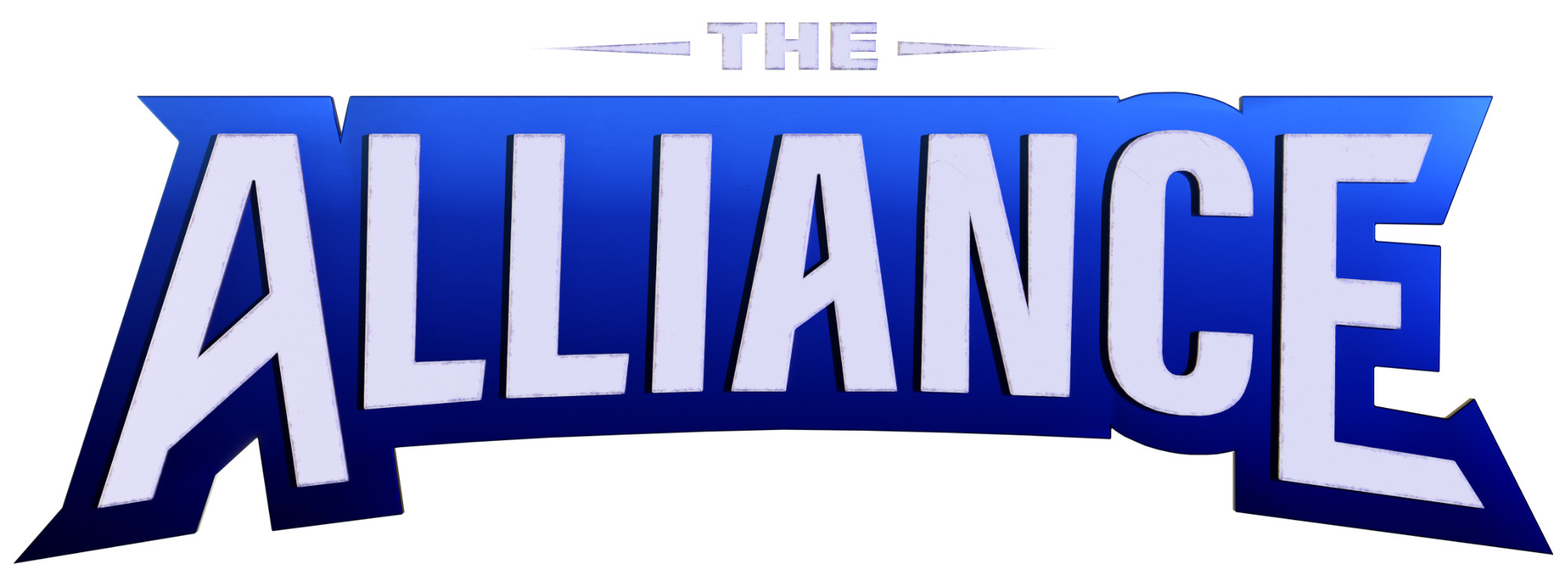The Alliance Universe is a bold new take on the superhero genre—centered on original character creation, storytelling, and world-building across graphic novels, film, TV, video games, art, NFTs, merchandising, and licensing. We're actively seeking growth and partnership across all of these categories, collaborating with smart, creative entrepreneurs, companies, distributors, and artists. But for us, it’s not about any one medium. Whether it’s comics, film, or games, media formats and the tech behind them will always evolve. What matters is the universe—and the stories we’re telling within it.
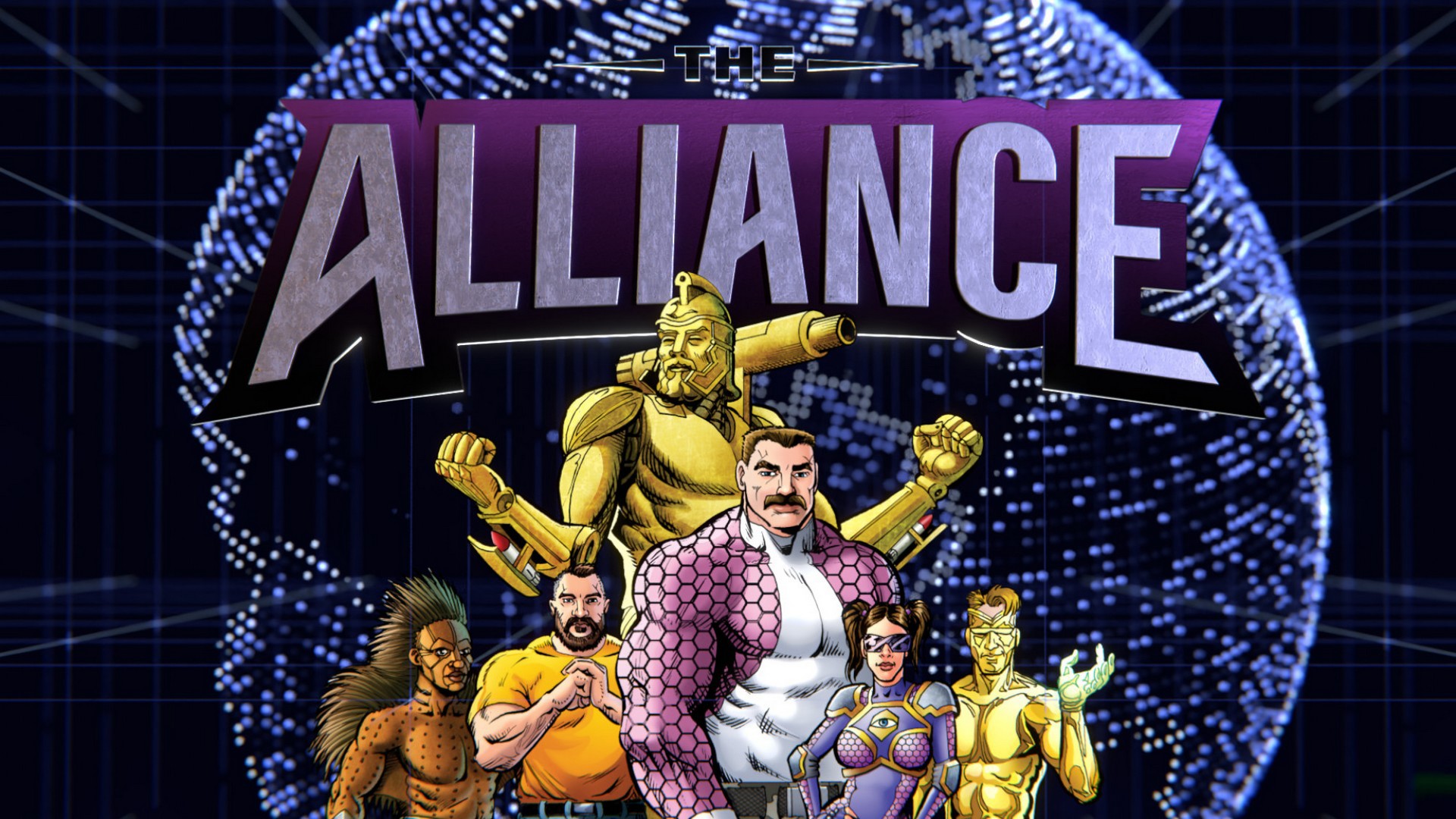
Superheroes—like their ancient Greek predecessors—are built to transcend the medium they came from. That’s why it’s more accurate to talk about a Superhero Industry rather than just a comic book industry. Today, companies like Marvel don’t think in terms of films, comics, or merchandise—they think in terms of characters.As reported by The Hollywood Reporter, it wasn’t a particular movie, comic, or action figure that brought in $1.3 billion for Marvel in 2014—it was Spider-Man.
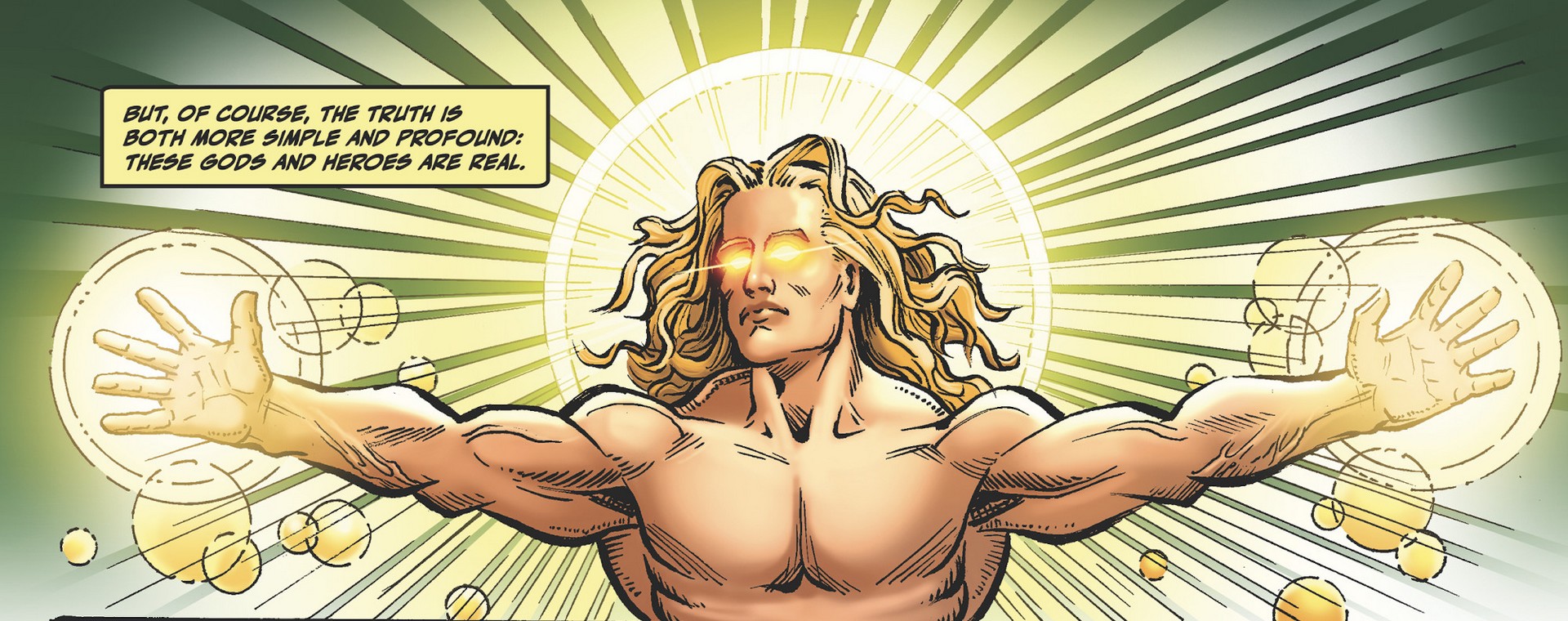
The goal of the Alliance Universe is simple: to create definitive, enduring superheroes. And we believe we’ve done exactly that. If you’ve seen our promo video for The Alliance: Adventures of Über-Chad and it clicked—you probably agree. (If not, check it out below.) Our mission is to break the mold, redefine the genre, and build superhero archetypes so strong, creating new ones might start to feel unnecessary—at least until humanity, in all its brilliance and madness, inspires the next true folklore. What can we say? We aim high.
The Alliance Universe—ever-expanding—now features over 70 original superheroes and villains, ranging from hilarious to deadly serious to downright badass. What sets our universe apart is how deeply interconnected our characters and their backstories are. This level of cohesion would’ve been nearly impossible during the early days of Marvel or DC, where many characters were created as one-offs—standalone parables with little thought given to how they might fit into a larger shared world. Often, those early heroes and villains lived in separate universes that were only later stitched together—with mixed results. In contrast, our characters were conceived from the start as part of a single, unified world—with its own history, internal logic, and rules. They were built to coexist within the same narrative framework—so new characters can be introduced without breaking the rules of the universe.

Why are we confident our characters will endure—that they have legs? Because we’ve taken the time to tune into the real heartbeat of the culture—where it lives now: online. We’ve dared to do what a completely out-of-touch Hollywood and Hollywood-ized superhero industry has failed to do: we’ve listened to actual people. Rather than telling people what their ideas and dreams are, we’ve listened to them. We’ve allowed life to imitate art. Our heroes were inspired by an organic meme-folk lore that persists everywhere in online spaces. Ours are original heroes inspired by glimpses seen in online memes or in contemporary personalities. Where we've found a rough form, we've given a rich lore that is faithful to that initial spark. These heroes are part of a “collective unconsciousness” or even a “collective consciousness” crafted by the “anon” “plebs.” Our audience is pre-existing, waiting, and eager to be inspired and amused by a true pantheon of heroes and villains that seem genuine to them rather than forced. Our heroes are “subversive” in a good way and relevant in the manner that Superman, Green Lantern, Batman, Iron Man, Spider-Man, and the Hulk once were. And to speak frankly to investors: the pre-marketing has been done and is ongoing—it's the memes.
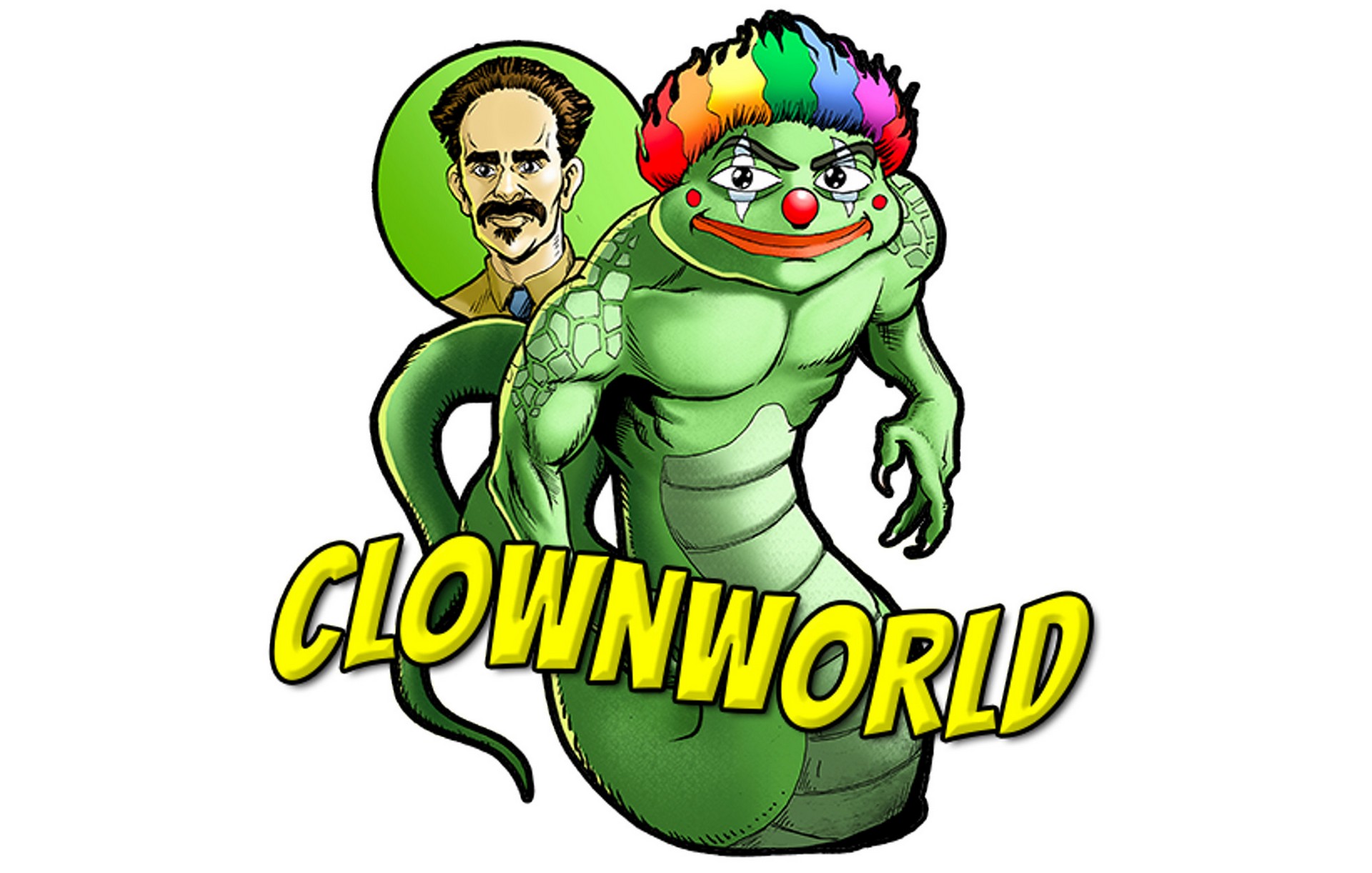
In a famous 1965 Esquire poll, college 'student radicals' named Spider-Man and the Hulk alongside Bob Dylan and Che Guevara as their top revolutionary icons. Superheroes aren’t just cultural symbols—they’re political forces. And because of this, their economic power is impossible to ignore.
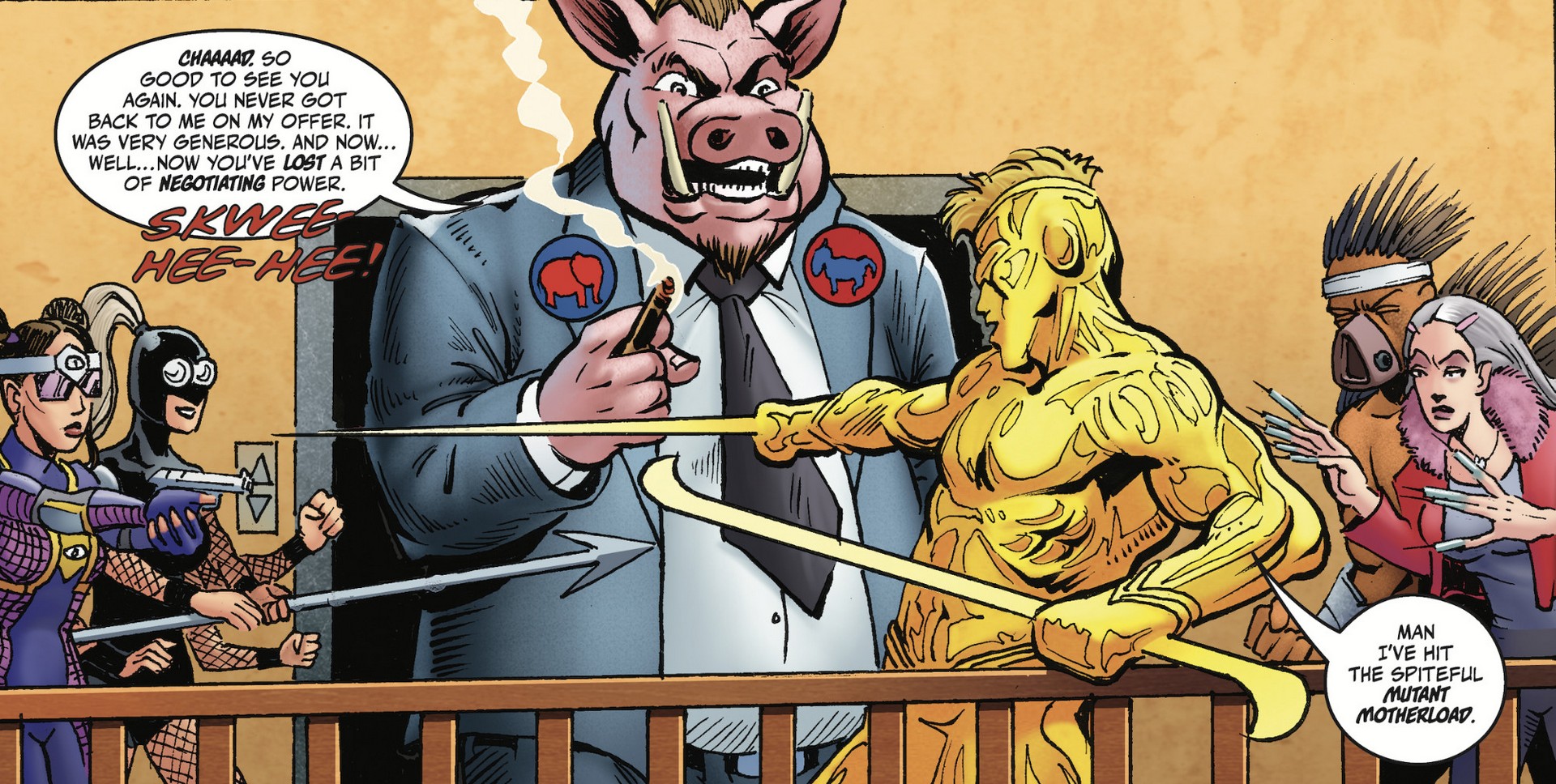
From the anti-Nazi Superman of the late 1930s to the socially and politically charged stories of Spider-Man, the Hulk, Black Panther, and Ms. Marvel in the 1960s, superheroes have always done more than reflect culture—they shape it. Typically, life imitates art, not the other way around. The power—and lasting appeal—of these heroes lies in their rich mythic, political, and cultural layers. They mean something, and audiences feel it, whether consciously or not. Sure, marketing and money help launch them, but they only truly take hold when they carry real meaning. Our heroes share that same depth—crafted to resonate on a meaningful level from the very start.
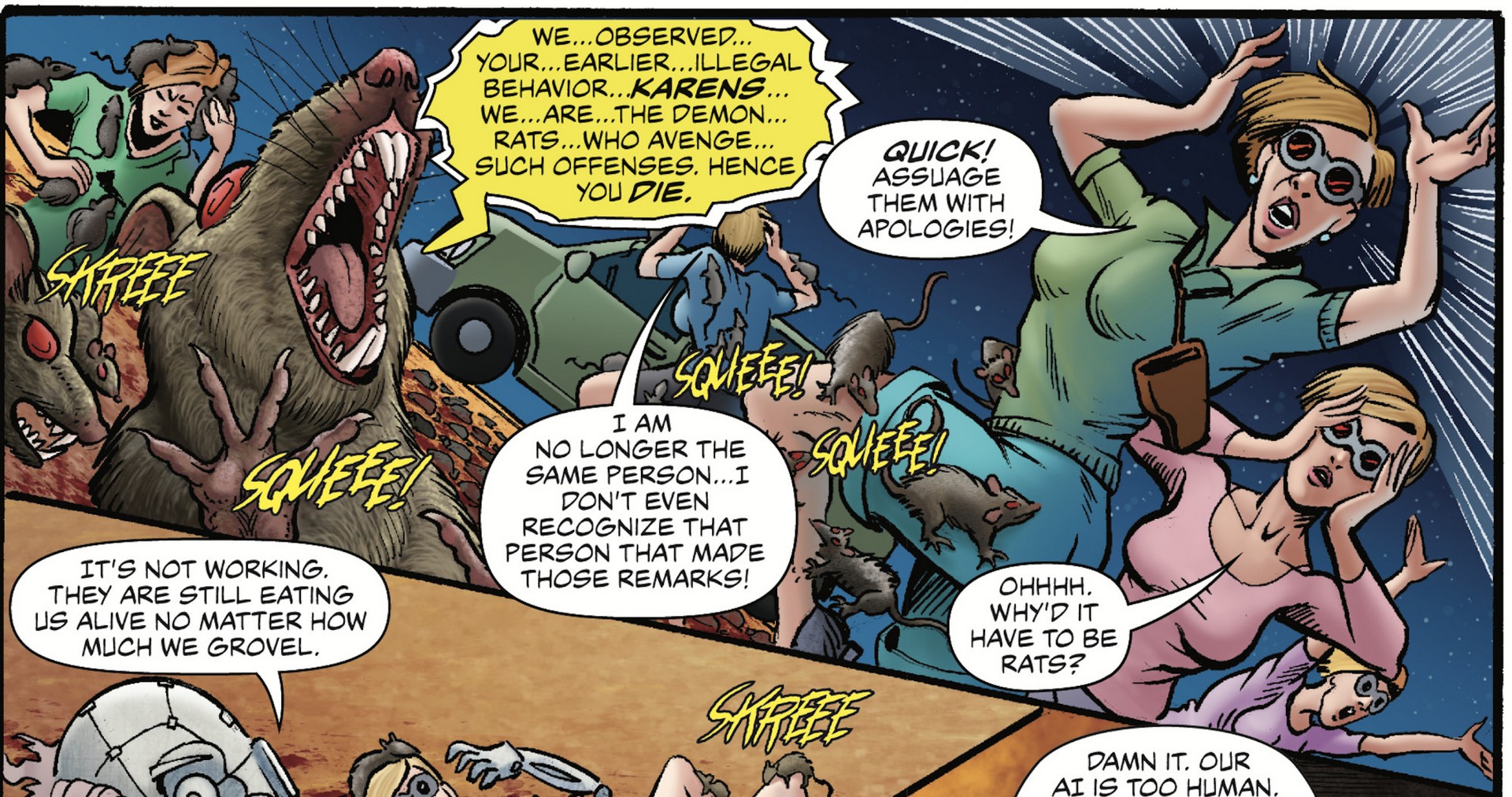
Superheroes appeal to the young—and increasingly, to the not-so-young. They have a powerful formative influence and present an opportunity to meet people where they are. This is especially true of our heroes, as we've actually bothered to see where they are! Kids and adults relate to superheroes because they speak to that wilder sense of wonder, imagination, creativity, fantasy, hope, energy, and possibility that children especially possess. Because they are "epic," and because the world itself is often at stake, superheroes are stirring, invigorating, inspiring, memorable, and influential. Kids and adults are moved by superheroes, morally influenced by them, and aspire to be like them—to imitate their understanding of right and wrong. In this way, the importance of superheroes surpasses that of other cinematic, television, or literary figures encountered later in life. Superheroes make an impression when "the clay is still soft." Everyone has heard of Superman and Spider-Man. Everyone has been influenced by them. Our motto is: "We need heroes to become them."
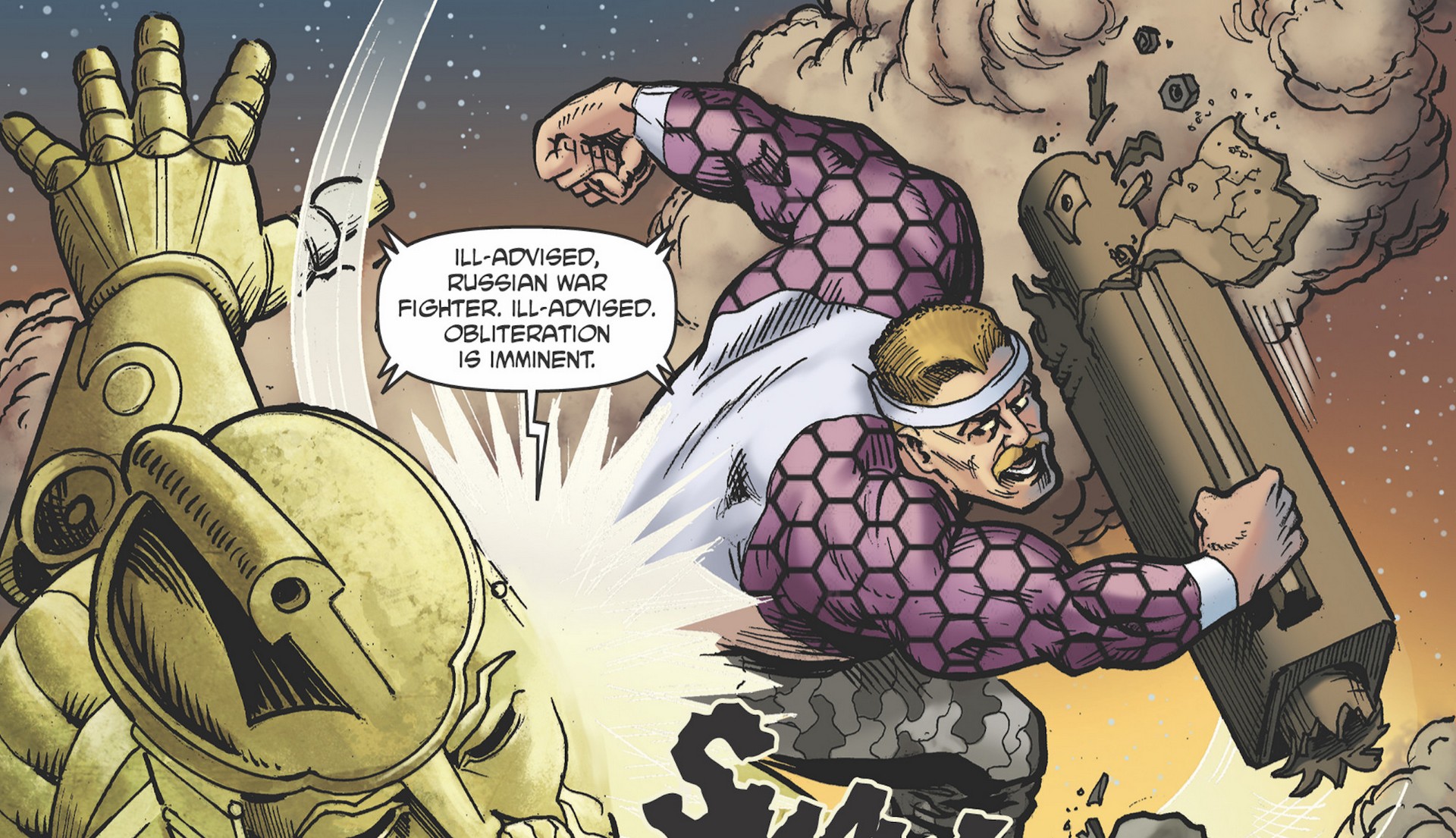
The innovations of DC and Marvel Comics in this field are numerous and undeniable. Both companies, evolving from the earlier pulp novel industry and inspired by prior comic book publishers, have produced iconic superheroes and superhero parables. However, for various reasons—financial, political, and cultural—both have become increasingly irrelevant and formulaic… at least on an artistic and cultural level. As a result, innovation in the superhero world has shifted to independent graphic novelists. Yet, here too, the focus often falls on simply making comics 'darker,' more explicit, more morally ambiguous, or more 'adult.' While this approach isn't inherently problematic, what’s frequently missing is the vital energy, cleverness, originality, purposefulness, and mythic parabolic power of those earlier DC and Marvel characters. And the humor.
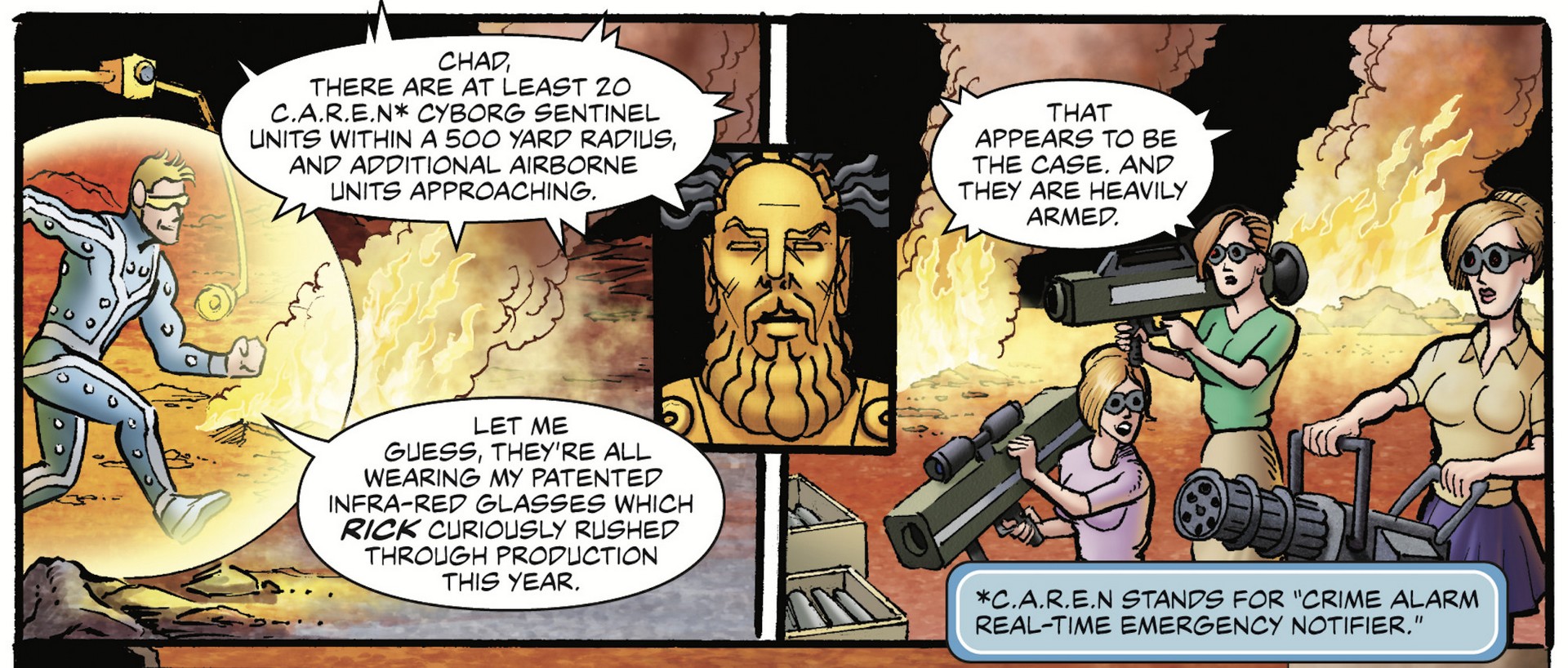
Stick around, learn more about our characters and the project, order our first graphic novel, and decide for yourself. You can read a sample right here on the website. If you truly believe in the oft-repeated slogan that 'culture lies upstream of politics and everything else,' then we believe you won’t find a more worthwhile project than the Alliance Universe. We believe Project Über-Chad is not only a highly unique endeavor—but one that, in some ways, feels inevitable. Like… why hasn’t this been done already? In other words, the Alliance Universe is a project whose time has come. In other words, the Alliance Universe is inevitable.
